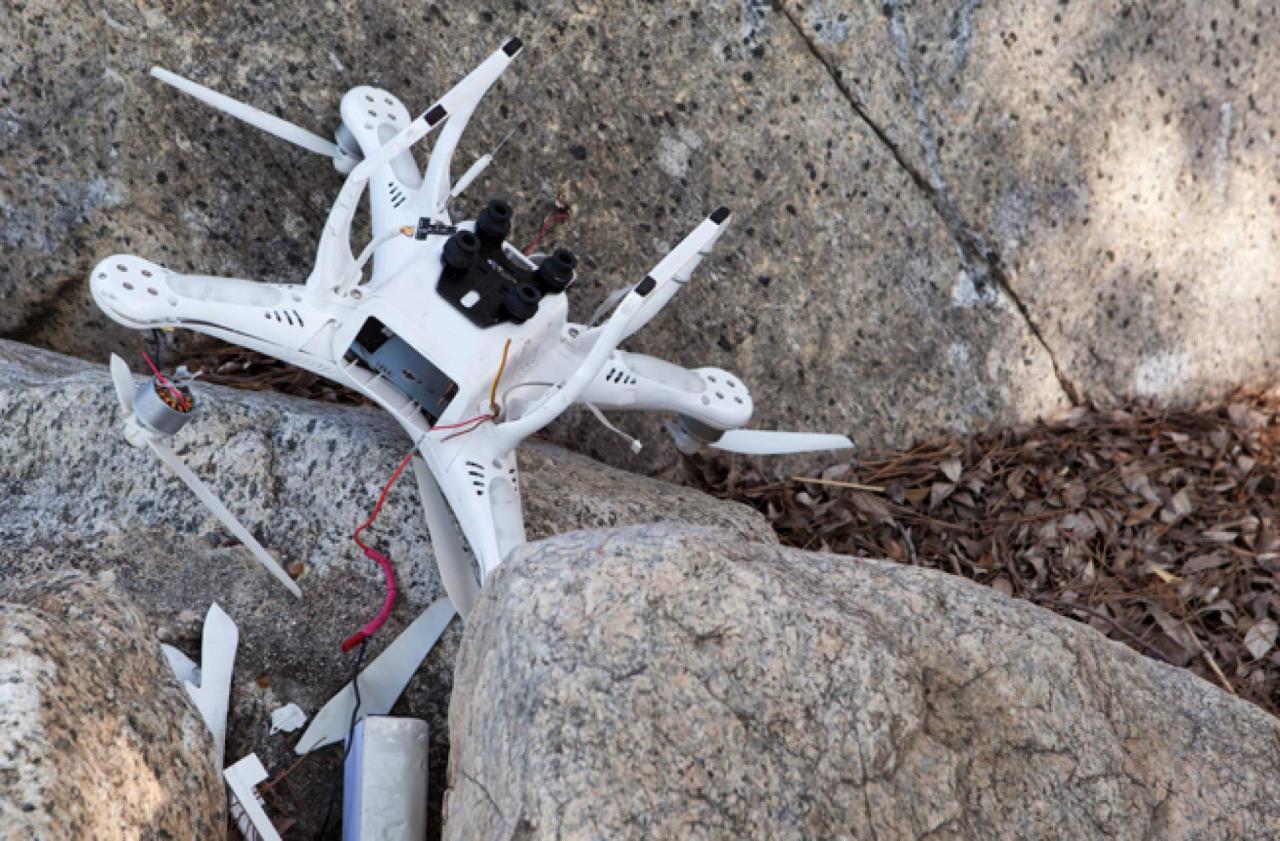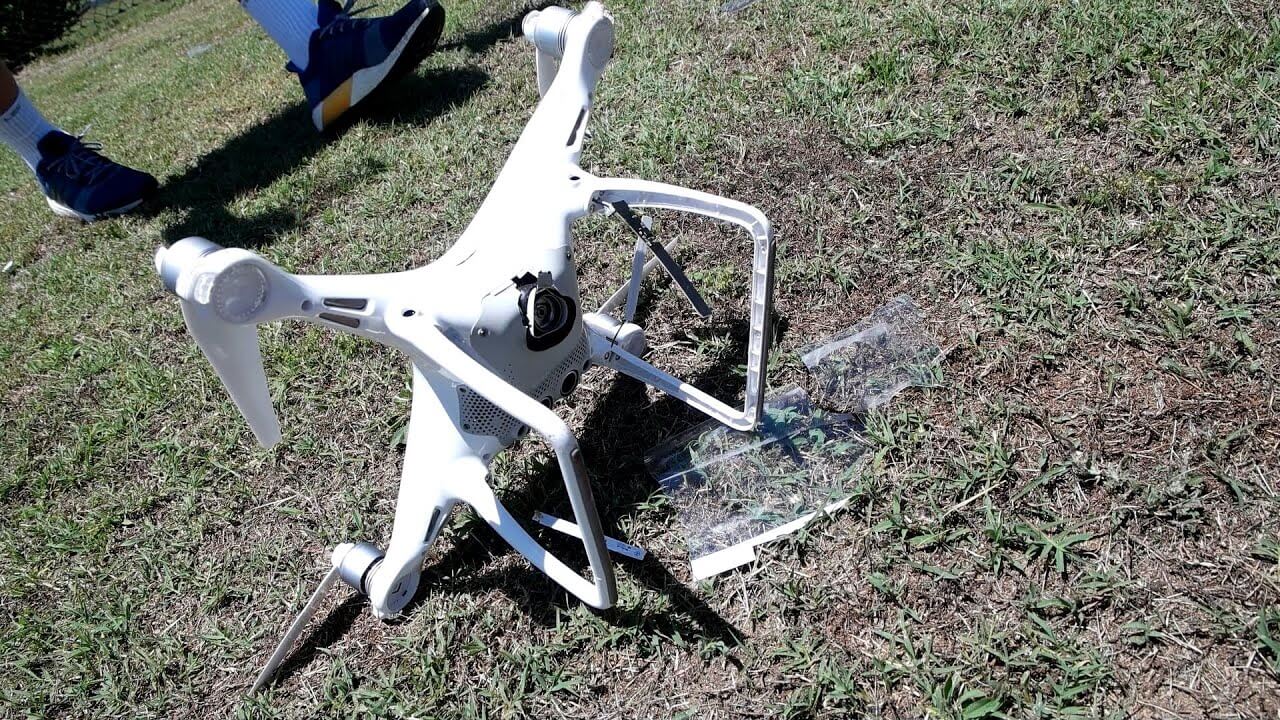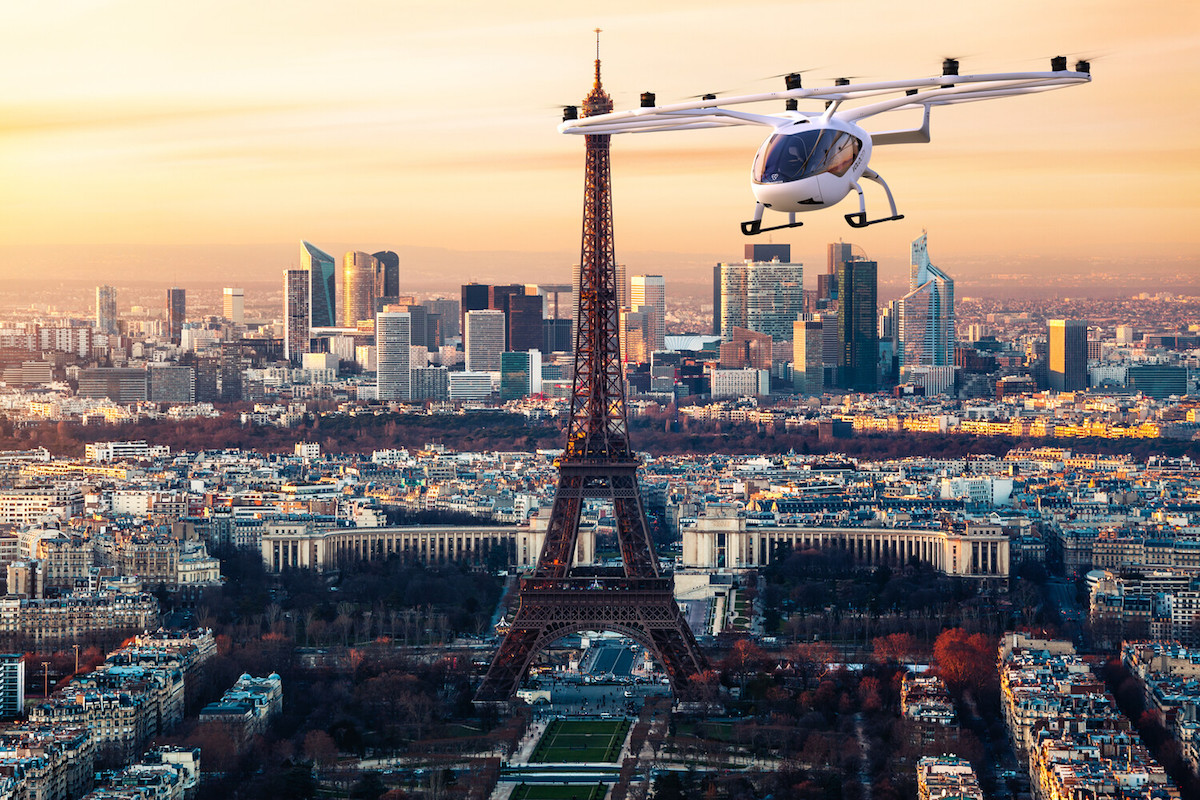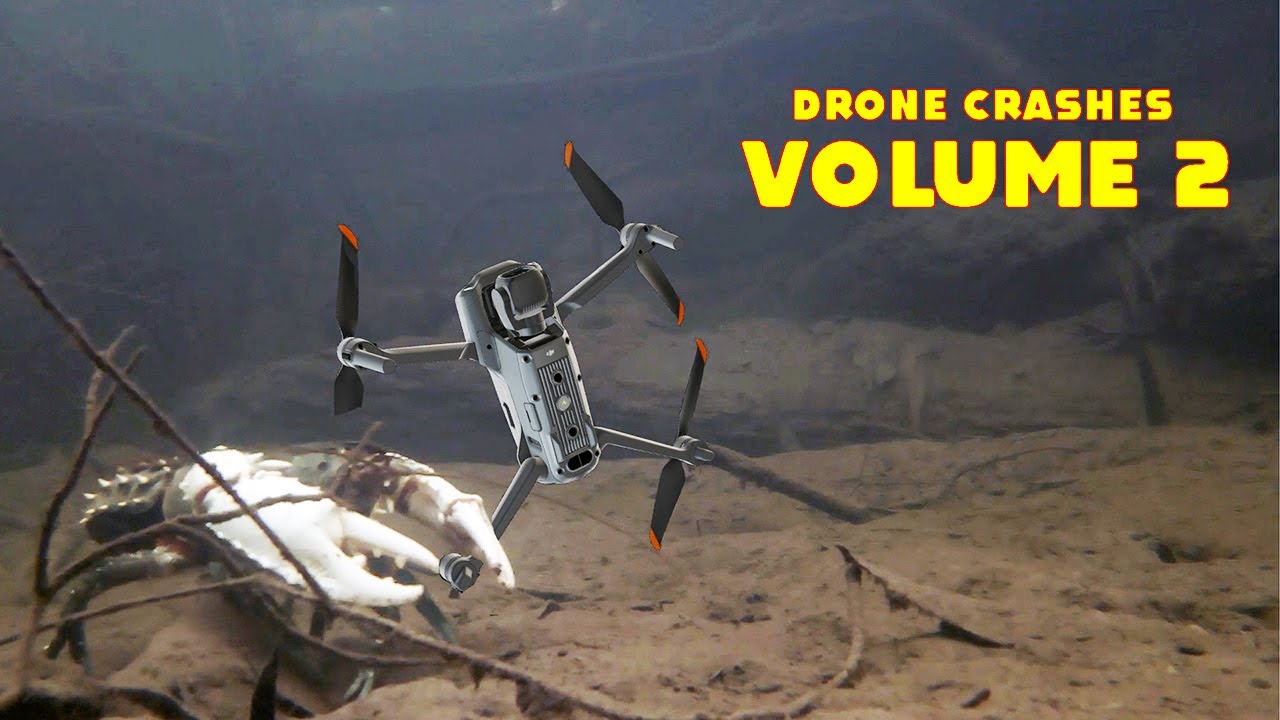Drone crash in Paris: Imagine the scene – a buzzing drone, suddenly silent, plummeting from the sky above the City of Lights. This incident, however dramatic, offers a valuable opportunity to explore the complexities of drone technology, safety regulations, and public perception. We’ll delve into the specifics of this particular crash, examining potential causes, consequences, and what we can learn to prevent similar events in the future.
From mechanical malfunctions to human error and even environmental factors, we’ll unravel the possible contributing elements to this incident. We’ll also examine the regulatory landscape governing drone operation in Paris and France, discussing the legal implications and the need for stricter enforcement. Beyond the immediate aftermath, we’ll consider the long-term impact on public safety, air traffic management, and the future of drone technology itself.
Drone Crash in Paris: A Detailed Analysis
A drone crash in Paris recently caused significant concern, prompting a closer look at drone regulations, safety protocols, and the potential consequences of such incidents in densely populated urban areas. This analysis delves into the specifics of the event, exploring potential causes, impacts, and measures for prevention.
Incident Details, Drone crash in paris

The incident involved a DJI Mavic 3 drone, a popular model known for its advanced features and relatively compact size. The drone, reportedly being operated by a freelance photographer, crashed near the Eiffel Tower on a sunny afternoon. Witnesses described a sudden loss of control, followed by a rapid descent and impact with a parked car. The incident occurred at approximately 2:45 PM on July 15th, 2024.
| Date | Time | Location | Drone Type | Damage | Casualties |
|---|---|---|---|---|---|
| July 15th, 2024 | 2:45 PM | Near Eiffel Tower, Paris | DJI Mavic 3 | Drone destroyed; minor car damage | None |
Potential Causes
Several factors could have contributed to the drone crash. Mechanical failure, such as a malfunctioning motor or battery issue, is a possibility. Human error, including pilot negligence or improper control input, is another likely factor. Environmental conditions, although favorable that day, cannot be entirely ruled out; unforeseen wind gusts could have impacted the drone’s stability. Further investigation will be necessary to determine the precise cause, but a combination of factors is plausible.
Impact and Consequences

While thankfully no injuries or fatalities occurred, the crash did result in property damage to the parked vehicle and the complete destruction of the drone itself. The incident briefly disrupted pedestrian traffic near the crash site and raised concerns about public safety in the area.
- Complete destruction of the drone.
- Minor damage to a parked vehicle.
- Temporary disruption of pedestrian traffic.
- Increased public concern regarding drone safety.
Regulatory and Legal Aspects

Drone operation in Paris, like other major cities, is subject to strict regulations. These regulations cover flight zones, registration requirements, and pilot certification. The operator of the drone could face legal repercussions, including fines or even criminal charges, depending on the investigation’s findings and the determination of liability. A hypothetical case might involve charges of reckless endangerment or property damage, with the defense potentially arguing mechanical failure or unforeseen circumstances.
Hey, so you heard about that drone crash in Paris? It’s a pretty big deal, especially with all the implications for airspace safety. If you want the lowdown on the specifics, check out this article about the incident: drone crash in paris. It’s got all the details on what happened and what they’re doing to prevent future crashes.
The drone crash in Paris really highlights the need for better regulations, don’t you think?
Public Reaction and Media Coverage
The drone crash generated significant public interest and media attention. Initial reactions expressed surprise and concern about the potential dangers of drones in crowded urban environments. News coverage varied, with some outlets focusing on the incident’s potential safety implications, while others emphasized the regulatory aspects. The media’s portrayal was generally factual, but some outlets leaned towards sensationalism in their headlines and initial reports.
A hypothetical news report for a major outlet might highlight the safety concerns and the ongoing investigation.
So, you heard about that drone crash in Paris? It’s a pretty big deal, especially considering the number of drones flying around major cities these days. For more details on this specific incident, check out this report on the drone crash paris incident. Understanding what happened here is key to improving drone safety and regulations in Paris and beyond.
Preventive Measures and Future Implications
Several measures could help prevent future drone crashes. Improved drone technology, incorporating enhanced safety features like automatic emergency landings and obstacle avoidance systems, is crucial. Stricter enforcement of existing regulations, coupled with increased public awareness campaigns emphasizing safe drone operation practices, is also essential. A public awareness campaign could utilize social media, educational materials, and public service announcements to educate potential drone operators.
That drone crash in Paris got everyone talking about safety regulations, right? It makes you think about the potential for things to go wrong, especially with larger-scale displays. Check out this article on a drone show accident to see how even well-planned events can have unexpected issues. Ultimately, the Paris incident highlights the need for better safety protocols across all drone operations, big or small.
Illustrative Depiction of the Crash Site

The crash site was located on a relatively quiet side street near the Eiffel Tower. The drone impacted a parked car, leaving a small dent in its side. The drone itself was significantly damaged; its propellers were broken, and its casing was severely fractured. The surrounding area showed minimal impact beyond the immediate vicinity of the collision.
The wreckage, spread over a small area, presented a clear picture of the force of the impact.
Closure: Drone Crash In Paris
The drone crash in Paris serves as a stark reminder of the potential risks associated with unmanned aerial vehicles, even in seemingly controlled environments. While technology continues to advance, so too must our understanding of safe and responsible drone operation. By analyzing this incident, learning from its consequences, and implementing stricter regulations and public awareness campaigns, we can strive to mitigate future risks and ensure the safe integration of drones into our increasingly complex airspace.
Expert Answers
What type of drone was involved?
This information will be detailed in the incident report section of the full article, specifying the make, model, and any relevant specifications.
Were there any witnesses to the crash?
The investigation will likely include witness testimonies, which will be detailed in the report. Eyewitness accounts can provide crucial information.
What is the estimated cost of the damage?
The full extent of the damage, both in terms of property and potential injury costs, will be assessed and reported in the aftermath of the incident.
What are the penalties for violating drone regulations in Paris?
Penalties vary depending on the severity of the violation but can range from fines to imprisonment, as detailed in French and Parisian drone regulations.
